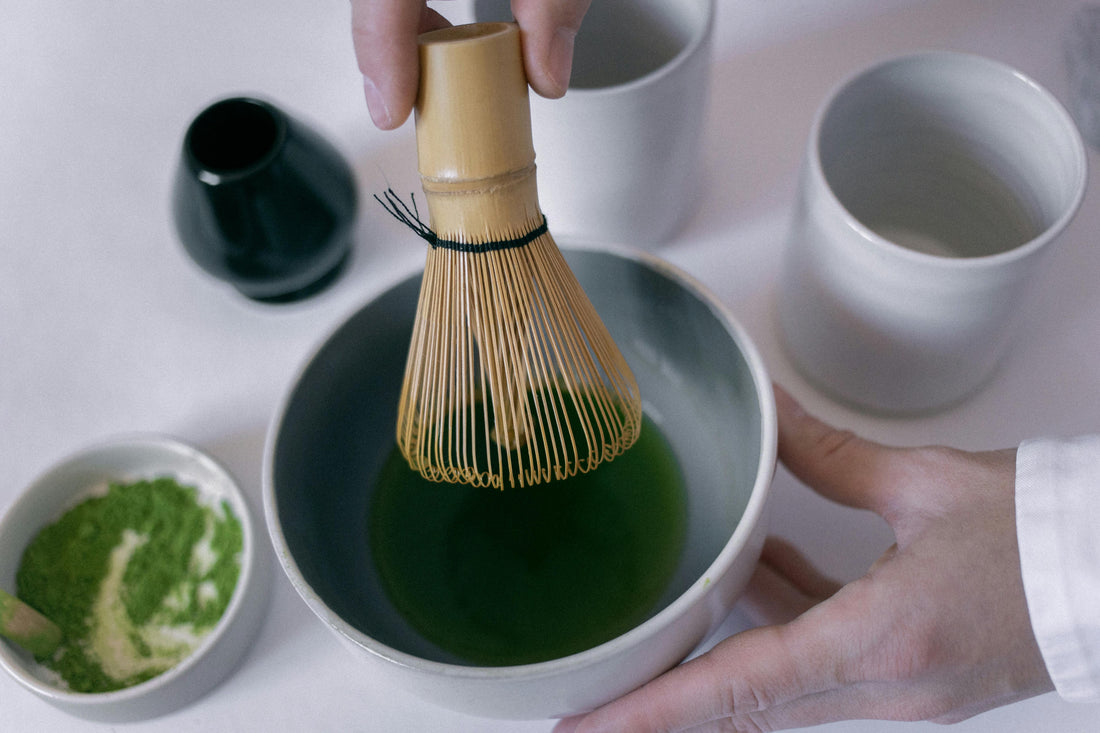
Matcha vs Sencha: Key Difference Explained | Tea Guide
The Essential Guide to Japanese Green Teas
Introduction
Many customers ask us, "What's the difference between matcha and sencha?" While both are popular Japanese green teas, they have distinct characteristics. In this blog post, we’ll compare their production methods, flavor profiles, health benefits, and best ways to enjoy them.
What is Matcha?
Matcha is a finely ground powder made from shade-grown tencha leaves. Traditionally used in Japanese tea ceremonies, it has gained global popularity for its vibrant color and unique preparation.
Key Features of Matcha:
# Shade-grown – Covered before harvest to boost chlorophyll & L-theanine
# Whole leaf consumed – Unlike steeped tea, you ingest the powdered leaves
# Rich & creamy – Umami-forward with a slightly sweet, vegetal taste
# Versatile – Great for lattes, baking, and smoothies
What is Sencha?
Sencha is the most common Japanese green tea, made from steamed, rolled, and dried leaves. It’s known for its refreshing, grassy flavor.
Key Features of Sencha:
# Sun-grown – Develops a brighter, more astringent taste
# Steeped, not consumed whole – Leaves are infused, then discarded
# Light & crisp – Balanced sweetness and mild bitterness
# Classic preparation – Best enjoyed hot or iced as a daily tea
Matcha vs Sencha: Quick Comparison
| Feature | Matcha | Sencha |
|---|---|---|
| Form | Fine powder | Loose leaf / tea bags |
| Color | Vibrant green | Green |
| Flavor | Rich, umami, creamy | Fresh, grassy, crisp |
| Caffeine | Higher (calm energy) | Moderate - High |
| Prep | Whisked in water | Steeped & strained |
| Uses | Drinking, cooking | Mostly for drinking |
Try Our Premium Matcha & Sencha!
At Yamaguchien, we source the finest organic matcha and sencha directly from Japanese farms.
Shop Matcha or Sencha here

